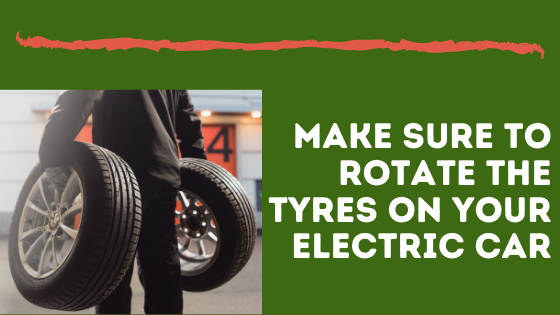Tyres are only as good as their overall condition and tread depth. The tread on the tyres is where all the magic happens. This is where years of testing and development has delivered a thread pattern that can tackle different weather conditions. There is a lot of development with optimal design of rubber compounds and tyre structure, but the tread pattern gives the tyres their properties when you drive when it comes to grip, control and ability to tackle weather obstacles.
When you buy new tyres, you have depending on the tyre, winter tyres have 9-10 mm tread depth and summer tyres have 7-8 mm. When you reach 4 mm, you start to lose some of the key features and you should change tyres to a new set. Driving safety is correlated with the grip you will have so that you can have a short braking distance to avoid accidents, that you will have excellent grip on dry and wet asphalt, so that you can stay on the road while turning. With poor grip, you can easily lose control and start slipping. The minimum depth is even more critical for winter tyres that have to cope with slush and snow.
The pattern depth is also crucial to avoid aqua and slushplaning. The deeper the tread depth, the more volume of water and slush can be stored in the tread when the tyre remains in contact with the road surface. The lower the tread depth you have, the more challenging it is to push the water to the sides through the tread to avoid losing contact. That is why the tread depth is so critical, because the risk of slush and aquaplaning is directly correlated with the decreasing tread depth. In addition to the tread depth speed will also impact the risk, so it is always safer to reduce the speed in difficult conditions.
So if you have low tread depth on your summer tyres, it’s worth buying a new set now that autumn is here, so you’re ready to face the challenging weather that comes with autumn. If you try to drive in the autumn with worn tyres, the chance of accidents increases. You will have a longer braking distance during the wet weather and an increased chance of water planning. So by investing already now in a new set of tyres, you both have a safer ride in the fall and you can start next year with a new set of tyres. Waiting to buy new tyres until you switch to winter tyres and then getting new tyres next year is not a wise decision.
When you use the wrong set of tyres, so if you use summer tyres when you have winter conditions, you have the wrong tread pattern to handle snow, ice and slushplaning. To handle winter conditions, you will need tyres that are approved for winter conditions, which include all winter tyres and some all-weather tyres. If you use all-weather tyres, which are popular in Central Europe, you have good protection all-year round regardless of weather conditions.
For more information on good wet grip, visit: https://www.nokiantyres.com/
